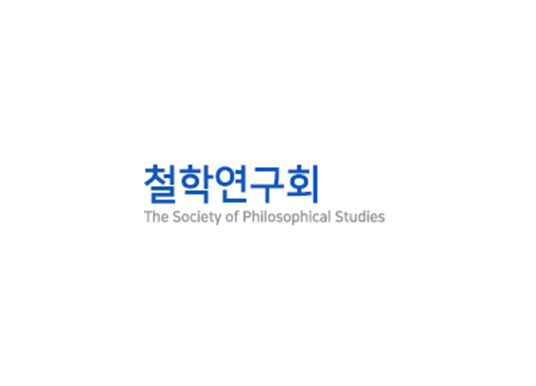아리스토텔레스 『범주론』1장의 세 구분
Three Distinctions in Aristotle’s Categories, Chapter I
강성훈
서울대학교
철학연구
2024, vol., no.147, pp. 163-204 (42 pages)
10.23908/JSPS.2024.12.147.163
철학연구회
초록
아리스토텔레스는 범주론1장에서 호모뉘마, 쉬노뉘마, 파로뉘마를 구분한다. 고대부터 이 세 구분에 대한 논의가 많이 있었지만, 그동안의 논의들은 주로 호모뉘마와 쉬노뉘마의 구분에 초점이 맞추어져 있었다. 고대 주석가들은 이 셋에 헤테로뉘마와 폴뤼오뉘마를 더해 다섯 개의 ‘오뉘마’들에 대해주로 논의하는데, 이들의 논의에서 파로뉘마는 일종의 들러리 신세를 면하기 어려웠다. 현대에 파로뉘마를 주목한 해석으로는 Ross와 Mann의 해석이 있다.
Ross는 파로뉘마를 ‘하나와 관련해서 말해지는 것’(프로스 헨 레고메나)과 동일시하는 해석을 제시한다. Mann은 세 오뉘마가 플라톤의 ‘따라 부르는 이름(에포뉘미아)’에 대한 대응이라는 해석을 제시한다. 그런데 이들은 이러저러한 방식으로 고대 주석가들의 해석에 영향을 받았고 그 때문에 세 오뉘마의 성격을 제대로 파악하는 데 실패했다. 선입견을 버리면, 1장에서 제시된 구분은 호모뉘마, 쉬노뉘마, 호모뉘모스한 파로뉘마, 쉬노뉘모스한 파로뉘마로 이해할 수 있다.
In Chapter 1 of Categories, Aristotle distinguishes between homōnuma, synōnuma, and parōnuma. Although there has been much discussion on these three distinctions since antiquity, attention has predominantly focused on the distinction between homōnuma and sunōnuma. Ancient commentators often expanded this framework by adding heterōnuma and poluōnuma to form a group of five “onuma.” However, in these discussions, parōnuma often played only a peripheral role. In modern interpretations, attention to parōnuma can be found in the works of Ross and Mann. Ross identifies parōnuma with what is “spoken of in relation to one thing” (pros hen legomena). Mann, on the other hand, interprets the three onuma as Aristotle’s weapon against Plato’s notion of “called-after names” (epōnumia). However, both scholars were influenced by ancient commentators in various ways, which ultimately hindered their ability to fully grasp the nature of the three onuma.
Freed from these long-standing interpretative biases, we may understand the distinctions presented in Chapter 1 as homōnuma, sunōnuma, homōnumōs parōnuma, and sunonumōs parōnuma.

